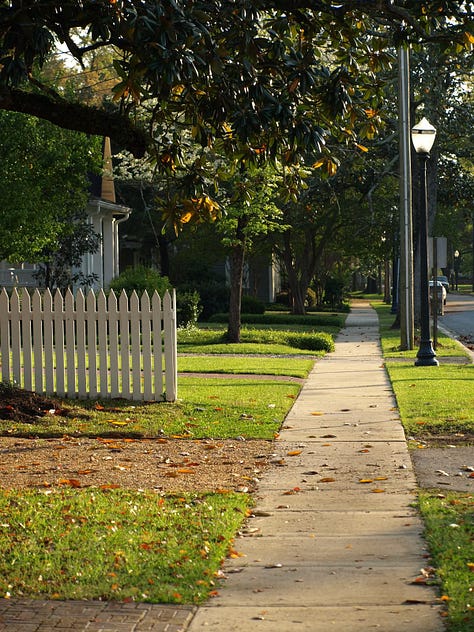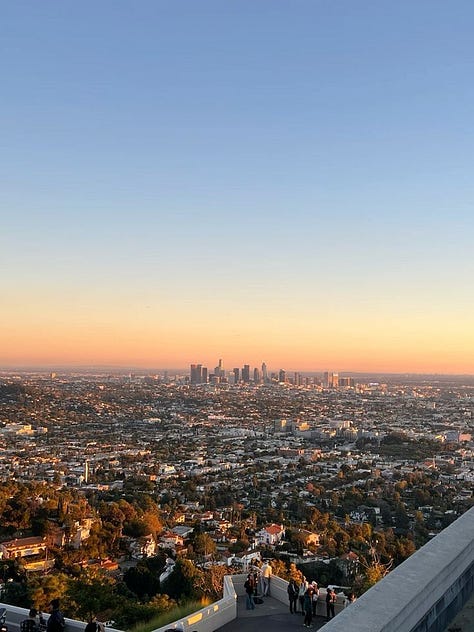Your Zip Code Might Predict Your Lifespan — Here’s Why
How geography, policy, and everyday systems quietly shape your health more than you think.
In the United States, your zip code may be more powerful than your genetics. In Los Angeles, living in Malibu means an average lifespan of 92 years. Drive 25 miles south to South LA, and it drops to 72. Same county, same weather, same sunshine — a 20-year difference.
Wild, right? But this isn’t about fate, or even your doctor. It’s about something public health experts call the social determinants of health — the environments, systems, and structures that shape how long and how well we live.



Why Your Address is a Health Forecast
We love to think of health as personal: eat the kale salad, hit the gym, sleep eight hours. But studies show that up to 80% of our health outcomes are determined by social and environmental factors — not individual behavior (Magnan, 2017).
That means zip codes aren’t just labels on envelopes. They’re maps of access — to clean air, safe parks, fresh food, and affordable healthcare. They’re also maps of exposure — to pollution, rent stress, food deserts, and neighborhood violence.
The result? Life expectancy can swing dramatically, block by block.
The Bigger Picture: This Isn’t Just LA
Los Angeles is a striking example, but it’s not alone. In Chicago, the gap between Streeterville and Englewood neighborhoods is more than 30 years. In Washington, D.C., the difference is 27 years, and in the Bay Area, it can mean over a decade, depending on which side of the bridge you live.
A 2020 study even found that across U.S. census tracts, life expectancy can vary by up to 41 years — longer than an entire generation.
Think about that: two babies born on the same day in the same country, but their life spans differ by four decades — just because of where they were born.
Why It Happens (And Why It Matters)
When neighborhoods lack grocery stores, people rely on fast food and corner shops. When there are no safe sidewalks, kids stay indoors. When healthcare is unaffordable, small health issues become big ones. And when housing stress piles up? Cortisol (your stress hormone) goes into overdrive, raising risks for everything from heart disease to depression.
It’s not about willpower or discipline — it’s about scaffolding. Imagine trying to run a marathon but your side of town starts the race uphill. That’s what structural inequities look like in daily life.
A Wellness Checklist for Neighborhoods
So, what actually makes one neighborhood “healthier” than another? Here are the five big ones public health experts say to look for:
Green space → Trees, parks, and community gardens lower stress and encourage daily movement.
Food access → Grocery stores and farmers markets beat a row of fast-food chains every time.
Walkability & safety → Sidewalks, streetlights, and low crime rates = more steps, more play.
Air quality → Less smog, fewer industrial sites, better lungs and longer lives.
Community resources → Affordable clinics, stable housing, and strong schools ripple into long-term health.
What We Can Learn
Health isn’t just in your fridge or Fitbit. It’s in city planning, policy, and infrastructure.
Wellness is political. Bike lanes, green spaces, and zoning laws are as important as smoothies and supplements.
Change is possible. Cities that invest in public health infrastructure — like Paris, which poured millions into bike lanes and school street zones — see rapid improvements in health outcomes.
Final Thought
Your address isn’t destiny, but it’s not irrelevant either. When we zoom out, wellness isn’t just a personal journey — it’s a postal code story.
Forward this to your group chat deciding where you should live.
Sources:
Magnan, Sanne. Social Determinants of Health 101 for Health Care: Five Plus Five. NAM Perspectives, 2017. National Academy of Medicine. doi:10.31478/201710c.
Blue Zones. “Does Your Zip Code Affect How Long You’ll Live?” Blue Zones, 18 Feb. 2020, www.bluezones.com/2020/02/zip-code-effect-your-neighborhood-determines-your-lifespan/.
Time Magazine. “Americans Are Dying Younger—But Where You Live Makes a Big Difference.” TIME, 3 Apr. 2023, time.com/6270808/americas-life-expectancy-divide/.
NYU Langone Health. “Large Life Expectancy Gaps in U.S. Cities Linked to Racial, Ethnic Segregation of Neighborhoods.” NYU Langone News, 6 Oct. 2021, nyulangone.org/news/large-life-expectancy-gaps-us-cities-linked-racial-ethnic-segregation-neighborhood.

People like me statistically more likely to die earlier should be able to begin collecting social security earlier.
And statistically poor people die earlier than Rich People.
Dodobbird.pixels.com